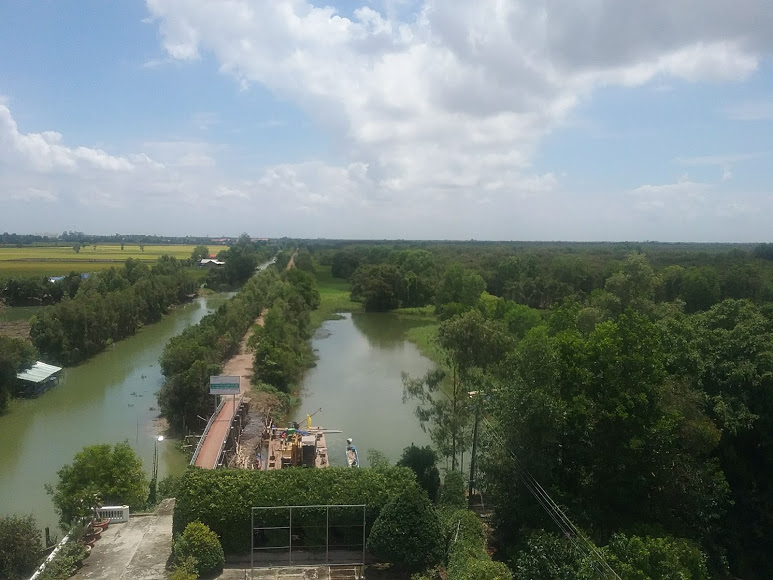
Dong Thap Muoi medicinal plant species and habitat conservation area (Long An) – Source: https://mylongan.vn/
In 2000, Tien Giang People’s Committee decided to establish Dong Thap Muoi Ecological Reserve with the task of collecting and conserving typical species of Dong Thap Muoi region and guiding people to plant Melaleuca trees and buffer zones around the ecological area. Dong Thap Muoi Ecological Reserve in Thanh Tan commune, Tan Phuoc district has an area of 106.8 hectares, including a central pond of about 01 hectare, the rest is land for planting and raising species of plants and animals that need to be conserved. The reserve has a typical ecosystem of the acidic and alum wetlands of Dong Thap Muoi. In general, the reserve has a relatively complete range of animals and plants typical of the wetland ecosystem and conservation work has been well implemented, so the protected objects have been and are developing stably. Currently, the number of birds coming to live and breed is increasing, with a rich diversity of species and stable development; Thanks to that, the ecosystem in the reserve is increasingly diverse in species and quantity.
Besides Dong Thap Muoi Ecological Reserve, Tien Giang province also has many other important areas in landscape conservation, cultural and historical relic conservation, architectural works and tourist areas. Of which, there are about 80 provincial relics; about 20 national relics; this is a collection of valuable resources with great potential for tourism and ecotourism development. Besides the values of architecture, history, culture, beliefs (the unchangeable part); the surrounding landscape (the changeable part) contributes greatly to attracting visitors. The role of landscape and habitat in these areas has a certain value in biodiversity conservation; this is where it is possible to implement the conservation of priority plant species (ex-situ conservation), and restore habitats for wild animals (Wildlife). However, most of the landscape planning of these sites is currently spontaneous and not designed by professional landscapers and ecologists.



